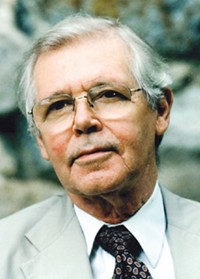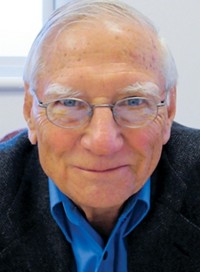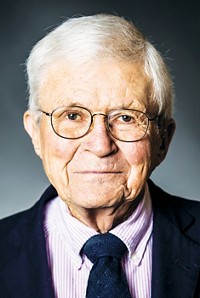Advertisement
Grab your lab coat. Let's get started
Welcome!
Welcome!
Create an account below to get 6 C&EN articles per month, receive newsletters and more - all free.
It seems this is your first time logging in online. Please enter the following information to continue.
As an ACS member you automatically get access to this site. All we need is few more details to create your reading experience.
Not you? Sign in with a different account.
Not you? Sign in with a different account.
ERROR 1
ERROR 1
ERROR 2
ERROR 2
ERROR 2
ERROR 2
ERROR 2
Password and Confirm password must match.
If you have an ACS member number, please enter it here so we can link this account to your membership. (optional)
ERROR 2
ACS values your privacy. By submitting your information, you are gaining access to C&EN and subscribing to our weekly newsletter. We use the information you provide to make your reading experience better, and we will never sell your data to third party members.
Materials
ACS Award In Analytical Chemistry
Sponsored by Battelle Memorial Institute
by Celia Henry Arnaud
January 10, 2011
| A version of this story appeared in
Volume 89, Issue 2
Christie G. Enke describes himself as a “latecomer” to mass spectrometry. But that didn’t stop him from inventing one of the field’s most widely used techniques—triple quadrupole mass spectrometry. In recognition of this and other contributions, Enke, 77, who is an emeritus professor of chemistry at both the University of New Mexico and Michigan State University, is being honored.
One of Enke’s most important contributions is his discovery in the late 1970s of low-energy collision-induced dissociation (CID) for tandem mass spectrometry, says Stanley R. Crouch, a former colleague at Michigan State. This technique is used to break ions into smaller ones for additional structural elucidation.
“The development of low-energy CID by Enke and his former graduate student Rick Yost led to the triple quadrupole mass spectrometer and later to other tandem-in-space and tandem-in-time techniques,” Crouch says. Tandem MS is used in many applications requiring analysis of complex mixtures, including forensics, proteomics, and pharmaceutical analysis. “Clearly it was the development of low-energy CID that made possible these many breakthroughs and helped promote mass spectrometry to the forefront of analytical chemistry,” Crouch says.
Enke has made contributions in a number of other areas as well. In the 1960s, he worked with Crouch and Howard Malmstadt of the University of Illinois, Urbana-Champaign, to teach chemists and physicists how to incorporate electronics in instruments. “I believe this hastened the introduction of sophisticated electronics into analytical instrumentation by many years,” Enke says.
That interest in electronics, first developed through amateur radio, was where Enke got his start in science. He attended Principia College, in Elsah, Ill., on an academic scholarship. He intended to transfer to the engineering program at the University of Minnesota, but that never happened. Instead, he stayed at Principia and received a bachelor’s degree in chemistry there in 1955.
“College chemistry was exciting, particularly when I was introduced to electrochemistry, which now combined my scientific interests,” he says. “Somewhere in there, I forgot about becoming an engineer and was recruited into the chemistry Ph.D. program at the University of Illinois, Urbana-Champaign, by Herb Laitinen.” Enke received his Ph.D. in 1959.
After graduation, he started his academic career at Princeton University. He remained there until 1966, when he moved to Michigan State as an associate professor. He was promoted to full professor in 1972. In 1994, he moved to the University of New Mexico.
His contributions to education include 15 textbooks. One of these, coauthored with Malmstadt, “introduced the principles of electronics and instrumentation to students in chemistry and changed the way in which undergraduate and graduate analytical chemistry was taught,” Crouch says.
Despite retiring in 2006, Enke remains involved in research, collaborating with Gary M. Hieftje of Indiana University and David Koppenaal of Pacific Northwest National Laboratory to further develop distance-of-flight mass spectrometry, which Enke invented in the 2000s.
He has received a number of awards, including the ACS Award in Chemical Instrumentation in 1974 and the ACS Award for Computers in Chemistry in 1989.
Enke will present the award address before the Divisions of Analytical Chemistry and Environmental Chemistry during the fall ACS national meeting.






Join the conversation
Contact the reporter
Submit a Letter to the Editor for publication
Engage with us on Twitter